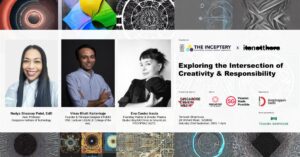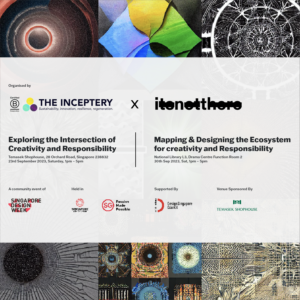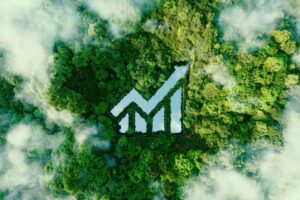Anna shares her thoughts on what needs to happen for real change.
Looking at the figure from “Limits to Growth” 1972 by Meadows et al., it is ever clearer that the key to change lies in the education of future generations. While people can possibly change their worldviews and learn new ideas, practice shows that it is more difficult to achieve than when learning from scratch.
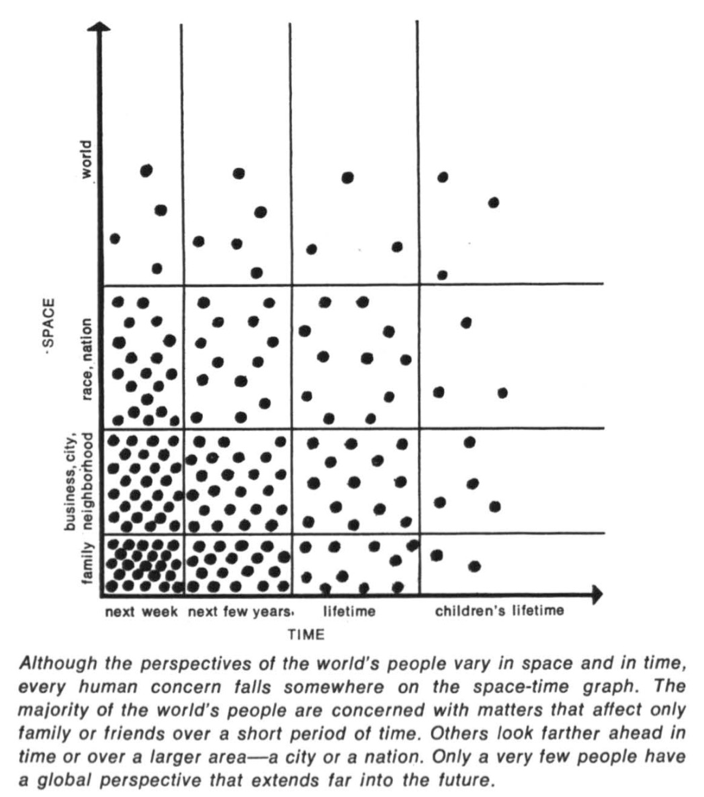
Adults have pre-formed notions and understanding how the “world works” and one needs to remain open-minded to be susceptible to new ideas.
What the world needs are people, not only leaders, but people from all parts of society that have a clear vision into a wider space of human activities, a global perspective, and far into the future (see the figure above), beyond our own generation. We need people that understand the interconnections of this world and are able to adopt the systems view when attempting to solve a problem.
Unfortunately, current reality shows a very different picture. Not only that we have very few such people in general, they are only a handful when it comes to leadership. In the past years, we are seeing a shift towards narrow, nationalistic views while still embracing short-term “solutions”. There should be no doubt that continuing on this path leads to an abyss.
It has been a while since I started thinking about the long-term approach that could offer a different prospect for the future. I am convinced that education is the key. I believe that
designing a smart, future-oriented educational system will ensure that future generations will be properly equipped with the right tools, knowledge, and understanding of the world to address and solve the problems that they are going to face. The world has become more volatile, uncertain, complex, and ambiguous (VUCA) than we knew it in the previous century. The fourth industrial revolution, as the world economic forum has put it “…will fundamentally alter the way we live, work, and relate to one another. In its scale, scope, and complexity, the transformation will be unlike anything humankind has experienced before.”
“The speed of current breakthroughs has no historical precedent. When compared with previous industrial revolutions, the Fourth is evolving at an exponential rather than a linear pace. Moreover, it is disrupting almost every industry in every country. And the breadth and depth of these changes herald the transformation of entire systems of production, management, and governance.” – World Economic Forum
The outcomes are all-encompassing – economic, political, and societal systems will all be disturbed. The emphasis of the educational system must be to educate to think, to collaborate for solutions, to think in systems, to understand the interconnectivity and the impacts, and balance those to the benefit of wider society. There must not be marginalization, there must not be “the privileged few”.
We must think about the future and design it to be fit for all and make sure that all will be fit for the future.


